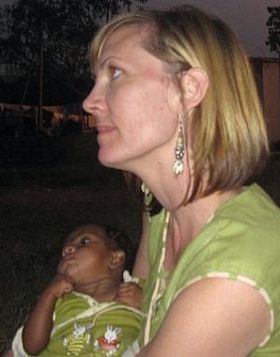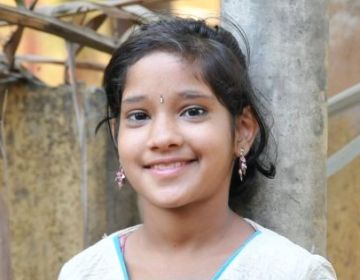
Photo: Shelley Seale
Very few people haven’t heard of the Oscar-winning movie, Slumdog Millionaire. The story follows two young brothers as they grow up in and survive the slums of Mumbai, India.
In order to show the reality of life for poverty-stricken Indian children, many scenes in the movie were actually filmed in the Mumbai slums. But in true Hollywood fashion, the ending was heartwarming goodness. The ending for the real children of these slums is not so pretty.



